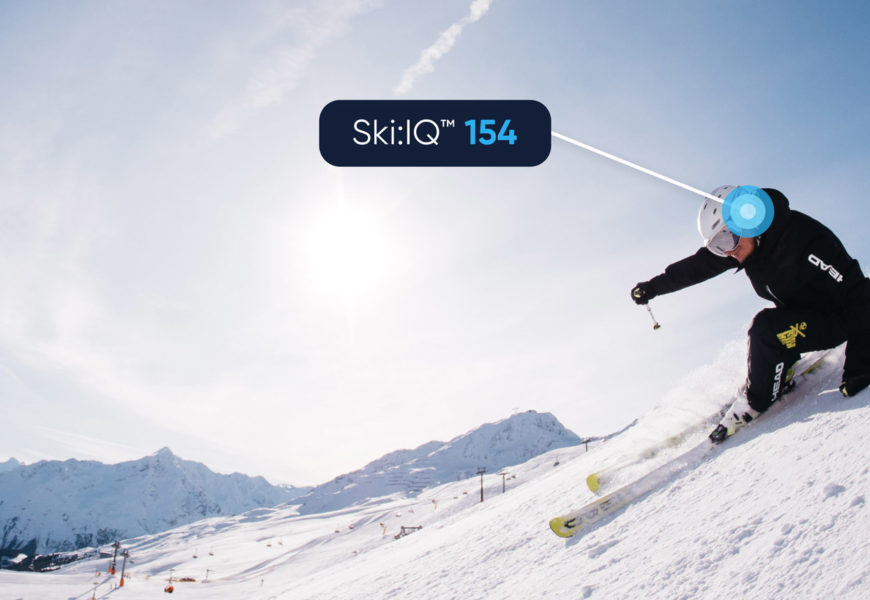
Votes:
Improving the Ultimate Skiing Score
At Carv, precision is at the heart of what we do: we’ve spent years capturing and analyzing skiing technique data so we can create the world’s most advanced skiing performance system to help you improve.
In December 2023, we have released Ski:IQ™ Hintertux, our latest technique model, and the most accurate ski technique algorithm ever created. Our new and improved ski score is available in the latest version of the Carv app.
Why Hintertux? Each update of the Ski:IQ™ algorithm is a major milestone in our history. We wanted to mark these out with more than a number (Ski:IQ™ 21 / 22 / 23).
That’s why we’ll be naming each major update based on mountain ranges that are special to us and our users. What better way to start than with Hintertux - the place our company was born in 2017 with the first ever Ski:IQ™ system.
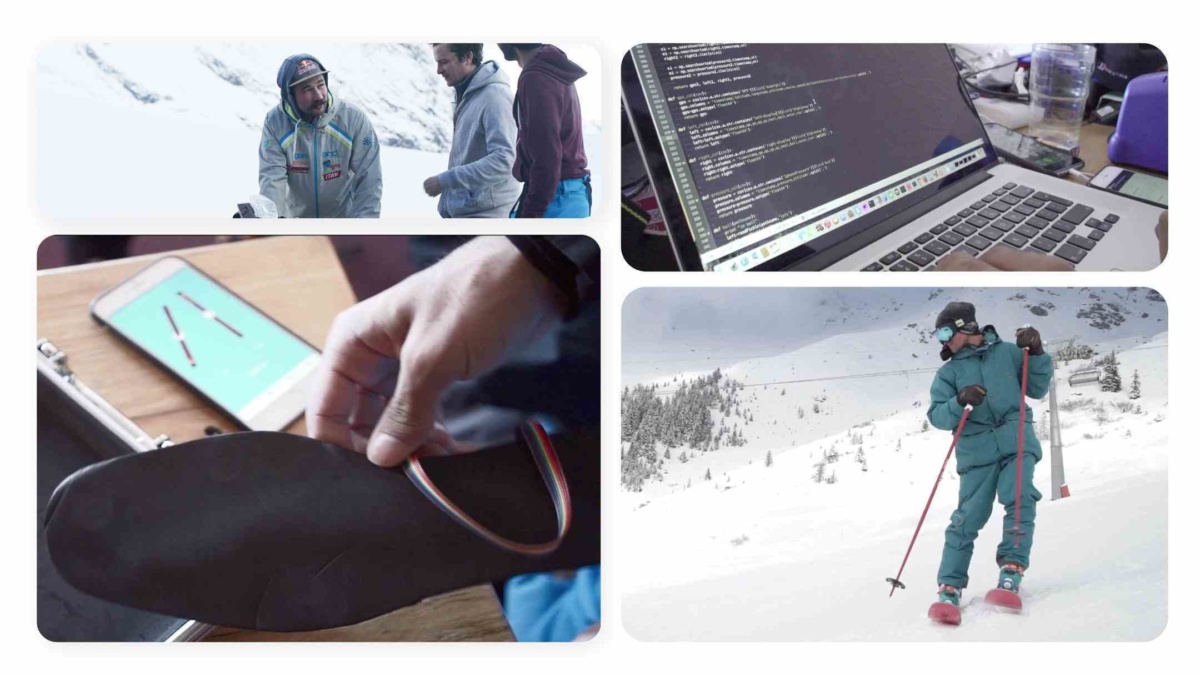
The first Ski:IQ™ - and the (not so thin) Carv sensor prototype, tested with Redbull athlete Flip Filsar, GB racers, and a range of international skiers.
In the distant future, we’ll possibly do a big keynote speech for each release and journalists will come to watch, but as we’re only a small company (with big dreams) this blog written as the darkness draws in one November evening will have to do.
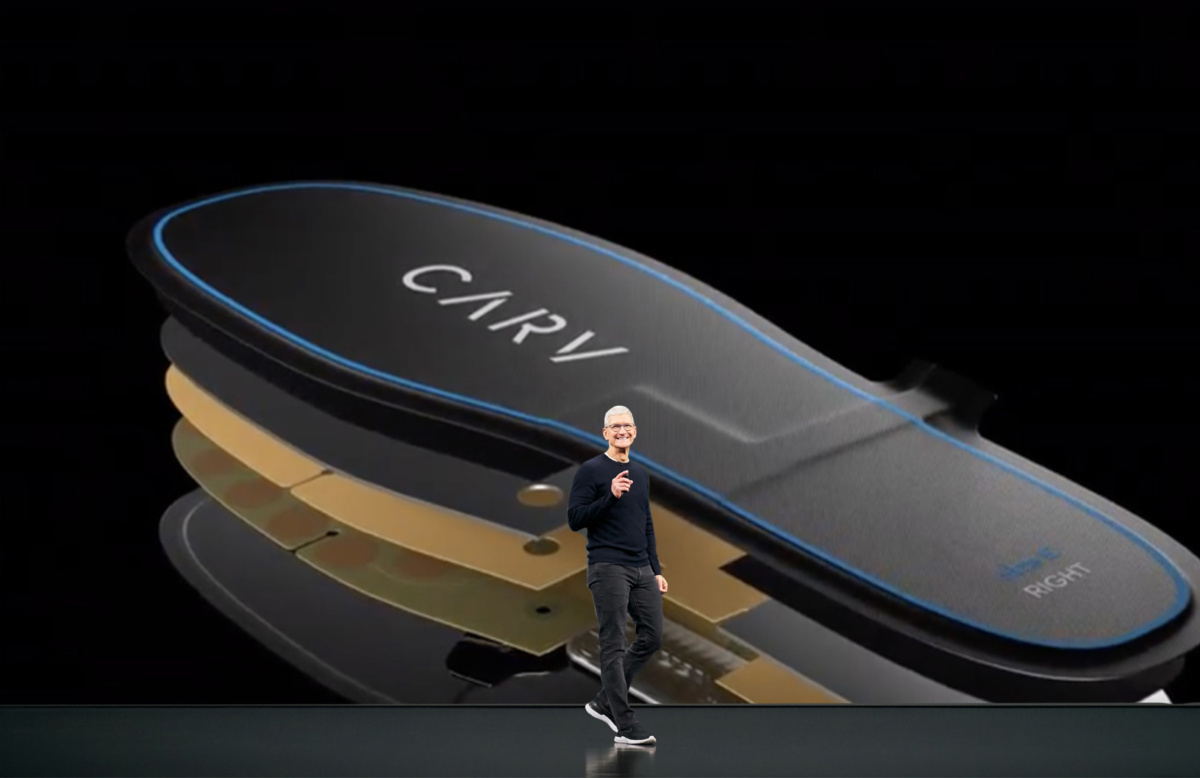
A vision of the future? But for now, we have blogs.
(PS. because we live in the post-truth world of AI imagery, I will declare that this image was made the old fashioned way, in photoshop)
I’m Sam, a data scientist at Carv, someone working every day on making our product better at detecting your technique. In this article, I’m going to take you behind the scenes at Carv to show you how we’ve pushed the limits to create Ski:IQ™ Hintertux. I’ll show you how we build on our accuracy and what this means for your scores.

What is Ski:IQ™?
To begin, I’ll give you a bit of background on our scoring system. Ski:IQ™ is built on the principles you’ll find in all major ski associations: Balance, Edging, Rotation and Pressure.
When you make a ski turn, these forces are what you are managing, and these are the skills you need to master to achieve great technique across a variety of terrain types.
We’ve worked with some of the best minds in skiing to deconstruct down the perfect ski turn into 12 objective metrics. These metrics sit within the four skills shown above - and allow Carv to quantify the most important elements of your skiing in real time.
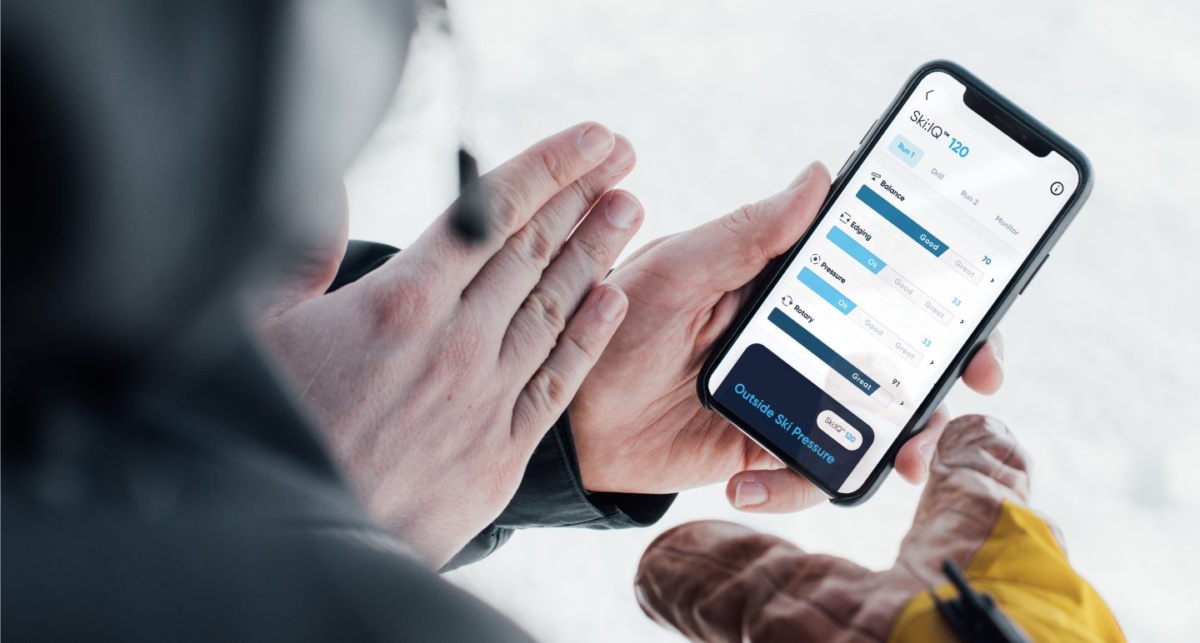
Each time you ski, Carv first identifies the ‘turn window’ in the data. We all make turns of different shapes and sizes as we ski around - Carv has a proprietary algorithm that defines when one turn ends and one starts.
Once that has happened, Carv scores your turn for the 12 performance metrics. All of this happens instantly, which allows us to feedback to you in real time. Every time you ski a section of the run and stop, Carv makes a segment that allows you to analyze your performance. Often a run will have a few distinct pitches and so Carv splits the run up based on your behaviour on the mountain - similar to Strava segments.
Turn discarding - not every turn is created equally!
When we ski, sometimes someone gets in the way and we slow down, or we’ll have a few ‘bad turns’ - e.g. at the start of a run. Carv automatically discards those so they do not affect your score.
These scores for each turn in your segment are combined into one overall score - your Ski:IQ™. What is powerful about this model is its resilience: if you advance in one metric but the others remain the same, your Ski:IQ™ will climb to reflect your progress.
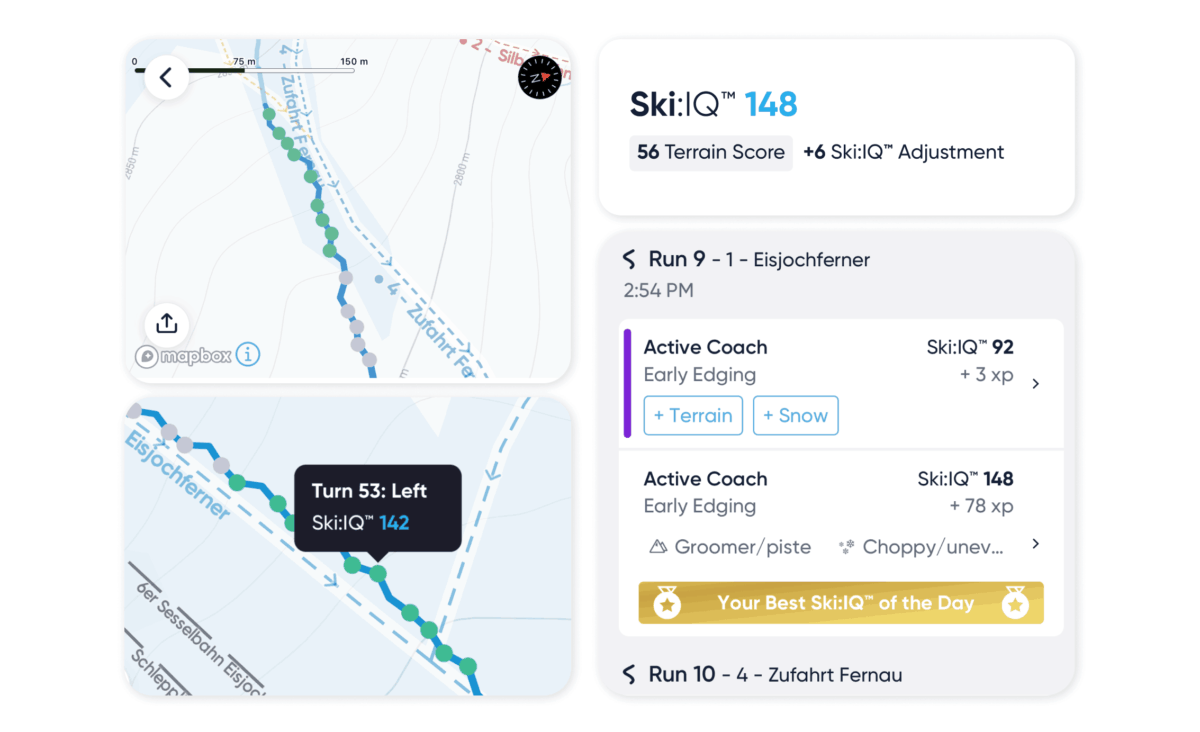
Turns are discarded based on how important they are for your score - so you're not going to be scored on the first couple in a run, to when you have to break to avoid traffic.
An accurate, objective view of your technqiue
The whole premise of Ski:IQ™ is that it’s accurate, comprehensive, and understandable.
If you’ve been with us for a few years you’ll have noticed how much the system has evolved year on year - and Hintertux (2023) is one of our biggest jumps to date. Working with Ted Ligety and other world-class skiers, we have really pushed our system a step further.
The metrics system
This summer we have a few important changes. Let’s start with the metric changes and move onto the overall IQ changes.
When we design the metrics in your Carv system, we have a set of guiding principles that we’ve developed to help us evaluate each part of Ski:IQ™.
Measurability: (we measure a metric’s effectiveness in measuring the fundamental techniques of skiing - can we separate different ability levels with this metric, do we have redundancy vs other metrics)
Understandability: (how comprehensible the measurement is for users - we actually survey users to see how well they understand what each metric is about.)
Coachability: (the metric’s capacity to drive specific skill development in an established skiing technique - we work with instructor-examiners to ensure we are referencing known concepts across the world’s ski associations - so if you get a lesson after using Carv, you are talking the language of your instructor).
Onto the changes
Firstly, we developed 2 new metrics in collaboration with Ted Ligety and other instructors.
The first of these is called Progressive Edge Build. This metric, which was developed with 5x world champion, Ted Ligety, assesses how well you continue to build edge angle throughout a turn.
Most intermediate and advanced skiers will get onto their max edge late in the turn - to break, or they’ll roll onto the edge and come off that max quickly. True experts are to able roll onto the edge early, hold their edge and actually increase it as the turn progresses. Hence, progressive edging. Until now this concept is something you can only measure by looking at the shape of your turns - but Carv can measure it objectively, in real-time.
Progressive Edge Build - a new way to look at high performance skiing
We are also introducing Turn G-Force, which measures the force you experience when carving a turn. When you make a successful turn, you are creating the centripetal force which you balance against on your outside ski. We are excited to add this metric because its almost a direct measure of the ‘fun’ you feel when ripping a huge turn.
Technically, this force is the acceleration multiplied by the mass of the skier. The better skiers we become, the more force we are able to withstand - particularly as we carve on steeper terrain, executing closed shorter radius turns at a higher edge angle in order to control our speed.
Want to know what a space shuttle launch feels like? We’ve seen some of our members get up to 3.5g mid turn. A NASA shuttle launch is 3g. Let us know how you get on.
- Read more about G-Force.
Turn G-Force - can you get to 3g?
Then we removed 2 metrics that did not meet our criteria:
- Edge Smoothness becomes redundant as it measures a similar technique to progressive edging (smooth, progressive edge engagement), but is harder to comprehend and develop as a skill.
An additional drawback to Edge Smoothness was the adverse impact of terrain on the metric’s scoring, which went against our ‘measurability’ principle. It meant that snow conditions detracted from the metric’s accuracy, so on occasion it reflected the snow you were skiing rather than true ability. Terrain is something that we’re really honing in on, as we’re looking at ways to detect and measure the difficulty of your skiing in all conditions.
Edge smoothness scored poorly on understandability and measurability, so for Ski:IQ™ Hintertux we’ve removed it.
Topple - this metric was failing our understandability score. We found many skiers struggling to understand and put it into practice. There were so many threads in our community discussing it, and it was getting in the way of improvement for our users.
Finally, we refined some existing metrics.
We redefined the ‘End of Turn - moving backwards’ and instead change it to a more understandable concept: ‘mid turn centered balance’ - can you stay balanced over your bindings mid turn. This is a more relatable concept that we hope you can practise more easily in your skiing.
We’ve conducted a similar process for ‘Start of Turn - moving forwards’, redefining it to be ‘Early Forward Movement’.
We’ve made improvements to our algorithms for Edge similarity, Turn Shape & Parallel Skis that improve their accuracy.
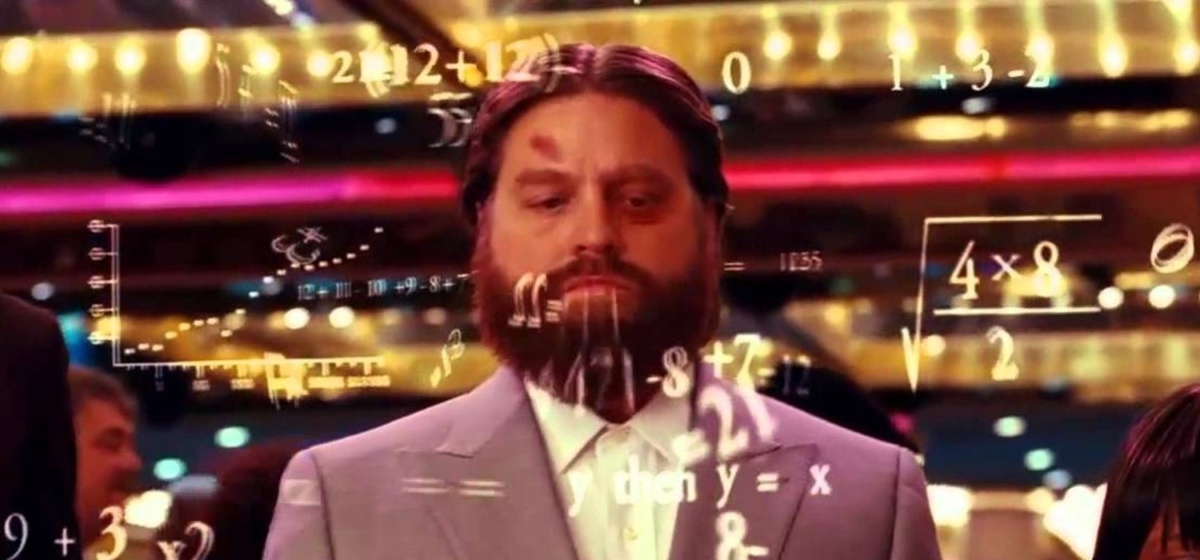
The birth of Ski:IQ™ Hintertux
After doing that we tuned and tested the algorithm.
I’m going to jump straight to the results and then walk you through how we actually do this process.
Below is a box plot comparing the accuracy of Ski:IQ™22 and Ski:IQ™ Hintertux for a sampled set of users of known ability level (this is a labeled sample scored on video by examiner instructors and paired with Carv data).
In blue we have last year’s algorithm. In red is the latest algorithm.
We can see two important things.
- At the top end of the scale, World Cup skiers like Ted scored higher. The new metrics like G-force and progressive edging really helped to distinguish this world-class skiing - it’s simply too hard to fake those skills over the course of a run.
NB. We don’t actively look for ways to optimize for a single skier like Ted - our system is hunting for overall accuracy against our labeled dataset across every ability level (see more detail below).
We also see much more accurate scoring of lower level skiers - there is reduced variance in our IQ 70-100 skiers, meaning you’ll get much more accurate scores as a beginner/early intermediate.
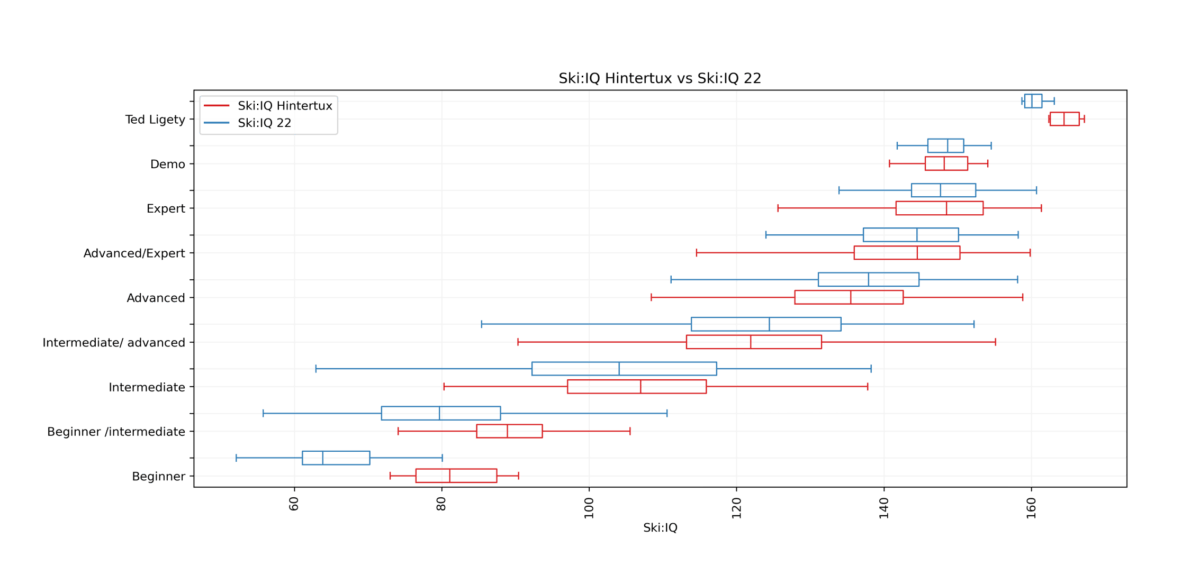
But what does it all mean?
This means your Ski:IQ™ scores now represent your skiing better - and your improvement is more accurately measured. It also means that Carv assigns your focus areas more precisely, and finally, it means you can learn about your technique with concepts that are easier to understand and put into practice.
We also look carefully at the effect that each IQ change has on the overall population of Carv skiers. For Ski:IQ™ Hintertux
54% of users changes 2 points or less (so no free jumps up)
70% of users stay in the same 10 point window
For the majority of skiers, the previous system was already a very powerful technique scoring tool, so there isn't a significant change. For world-class athletes, there is now more accurate separation of ability levels, and for lower-level skiers, the variation in scores should be reduced helping you make progress faster.
This is a great time to note that at Carv, we’re not just focused on elite skiing or measuring high-performance athletes. We work hard on Ski:IQ™ to ensure our data and coaching can help a skier who’s learning parallel, just as much as an expert who’s trying to hold a tight radius arc on an icy steep. We hope that you all feel these changes in your skiing this winter.
How do we know Ski:IQ™ Hintertux is actually better?
Because accuracy of the system is an area we get a lot of questions about, we thought it would be interesting to share how we continually analyze and improve our IQ score.
Carv has compiled a video dataset of thousands skiers of every ability level, while they were using our product and collecting data. These videos are time synced with Carv data twenty times a second and provide an incredible resource to assess technique.
We score each video with instructor-examiners from most of the major ski associations to form a database - creating a database of labeled technique data: our ground truth.
We take this sample of video sessions and backtest our Carv algorithms against the database - testing Carv’s accuracy versus the best human instructors in the world.
To do this empirically, I developed an algorithm to look at how often the Ski:IQ™ order in our sample is in agreement with the ability level order defined by the instructors. We compare every single pair in our dataset and then aggregate it all together into a single number - Sam’s Tau.
Sam’s Tau is a variation of Kendall’s Tau, which compares the correspondence between two quantities. It didn’t quite translate to our unique case, so I came up with a tweak of the coefficient.
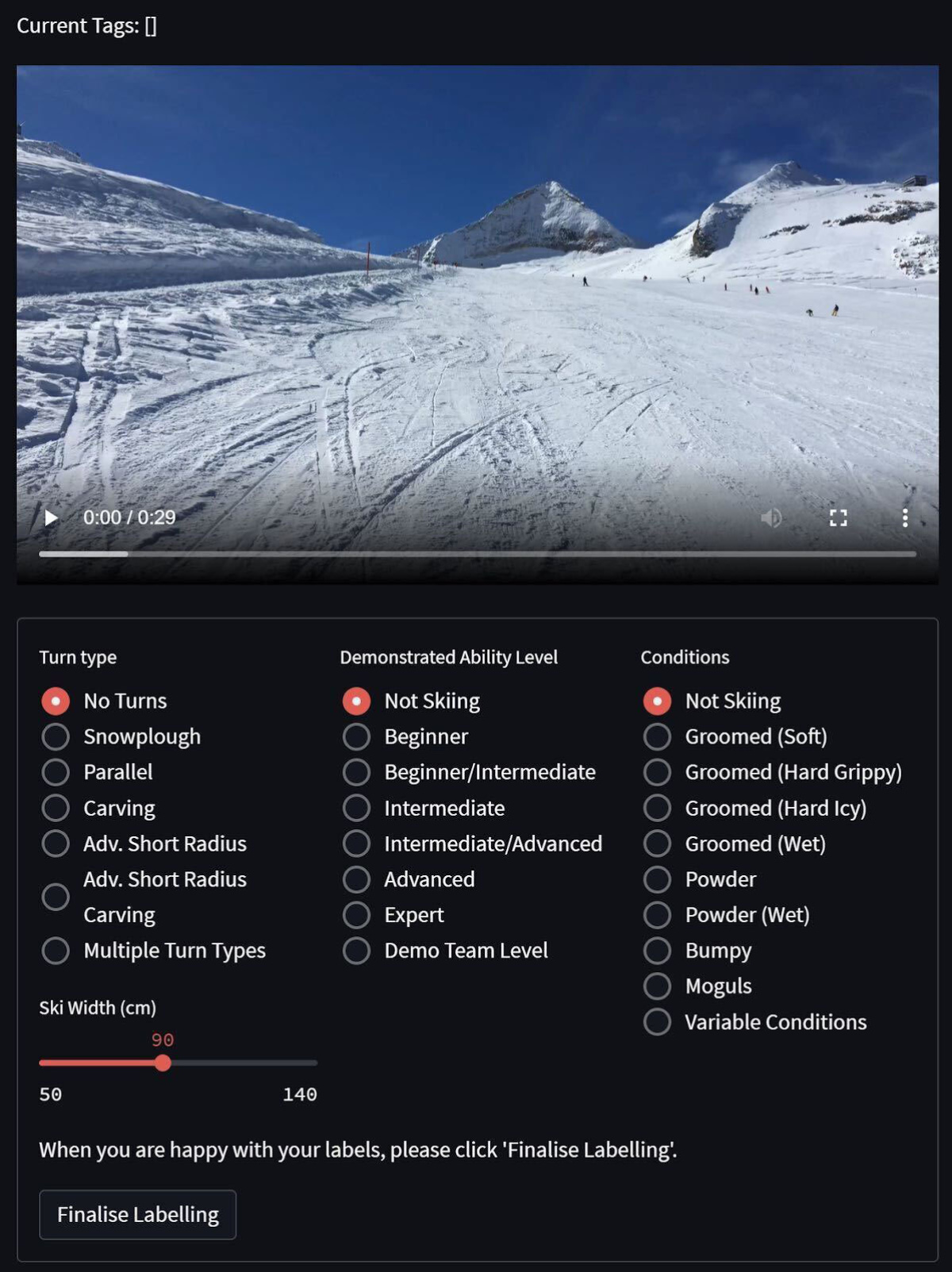
Essentially, Sam’s Tau is telling us how often our Ski:IQ™ number is correctly ordering different ability levels. It's like our skiing compass—guiding us to pull forward our accuracy every year. A randomly generated Ski:IQ™ score would get 0.
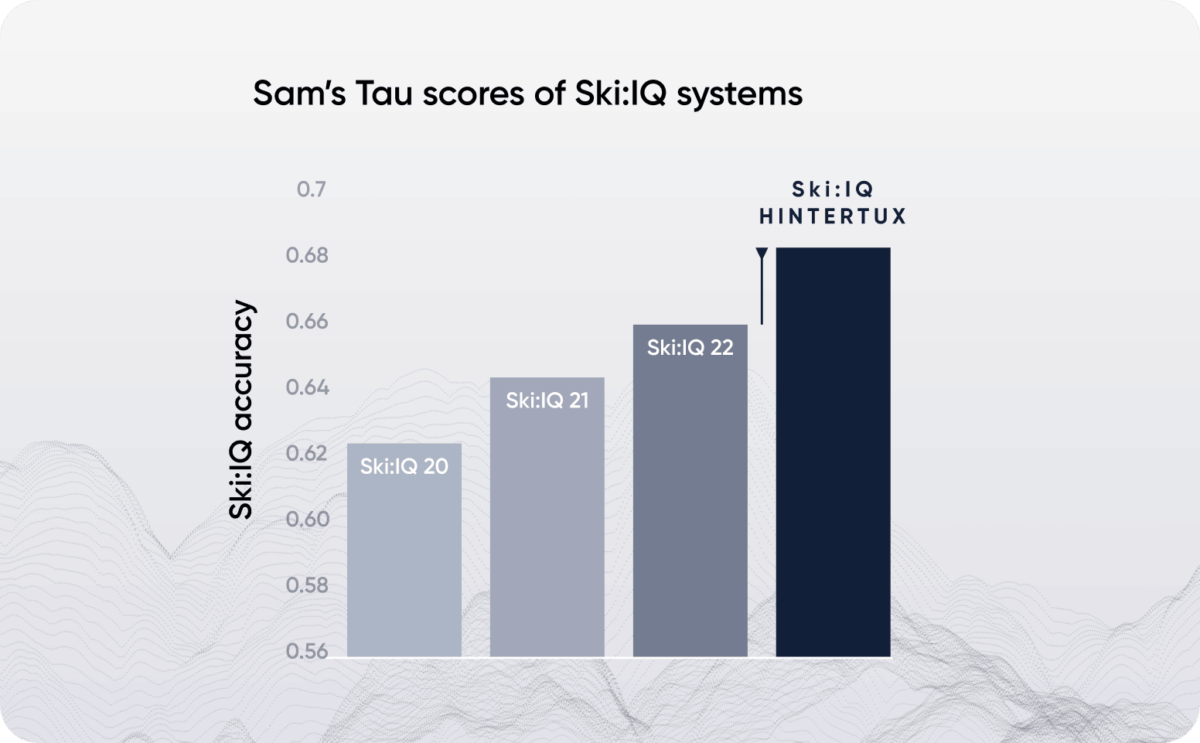
While the absolute numerical score is complex to interpret - the most exciting thing is the jump from last year to this year - our biggest improvement in the last 3 years. What this means is that when you compare two skiers with instructors, and then look at the Carv data, Carv is able to rank them accurately almost every time. and that is before we account for terrain detection - which creates another big jump in accuracy on top of this. But more on that later.
What changes will you notice this winter?
The first thing to appreciate is that your historic scores are always updated with each new algorithm release. We do this for a few reasons:
Your historic scores may go up or down - we’re sorry, we know how hard you worked for that 150! However, it’s important to update your historical scores to give you the best view of your progress season after season. We prioritize your improvement above all else - and if we can process your old data more accurately and give you a more accurate sense of your skiing, we choose to do that (even if your scores go down from last year).
Leaderboards are reset so everyone can compete on the new more accurate score. New season, new you. Game on.
Your focus areas will be selected more accurately using the new IQ system which will help you improve faster.
You will notice new metrics that help you understand great skiing and improve (Progressive Edge Build, Turn g-force, Mid-Turn Centered Balance, Early Weight Transfer, Early Forward movement) and you will see we removed two metrics that were confusing (Edge Smoothness, Topple).
We’re incredibly proud of every change that pulls the Carv system forward - often these changes are carefully considered and very hard-won - which goes with the territory when you are breaking new ground every year. A huge thanks to the team of instructors, Ted, and of course our data science and engineering team who all made Ski:IQ™ Hintertux possible!
We’d love to hear how you get on this season and we hope to see the Hintertux system help you make the most of every day on snow.
Now get out there and ski better than you did last year!
Ski:IQ™ Hintertux is out now, so make sure your app is updated to the latest version!


